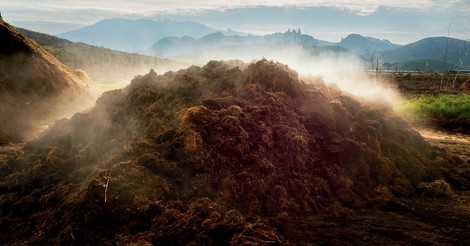Your podcast discovery platform
Curious minds select the most fascinating podcasts from around the world. Discover hand-piqd audio recommendations on your favorite topics.

piqer for: Global finds Doing Good
Michaela Haas, PhD, is the award-winning author of four non-fiction books, most recently Bouncing Forward: The Art and Science of Cultivating Resilience (Simon&Schuster). She is a member of the Solutions Journalism Network and writes a weekly solutions column for the German Süddeutsche Zeitung Magazin. Her articles have been published on CBS, the Washington Post, the Huffington Post, Daily Beast, and many other reputable media.
Can Dirt Save The Earth?
Agriculture could pull carbon out of the air and into the soil — but it would mean a whole new way of thinking about how to tend the land.
The UN has just warned that the concentration of carbon dioxide in the atmosphere increased at record speed last year to hit a level not seen for more than three million years. It is clear that the world needs to reduce emissions, but new studies also confirm that it will be impossible to stop climate change without changing agriculture. We are currently losing top soil at a rate of 30 soccer fields per minute. If we continue at this rate, we will run out of top soil in 60 years.
This well-researched cover story in the New York Times Magazine shows how we can cultivate the ground to sequester carbon in the earth rather than depleting the soil and releasing more carbon into the atmosphere. Instead of complicated bioengineering projects that attempt to trap carbon underground, the best machines for breaking down CO2 and sequestering the carbon in the ground, have already been invented by nature: plants. According to carbon farming proponents such as Stephane Le Foll, the former French minister of agriculture, the earth can sequester 6 gigatons of CO2 in the soil yearly through carbon farming, thus compensating for the 4.3 gigatons of carbon humanity emits into the atmosphere every year.
The reason I chose this article about carbon farming is that the science is very applicable to everyday readers who are not professional farmers or scientists. This is a piece about carbon farming focusing on efforts in America and Europe, specific obstacles in the US, and how we all can influence this vital aspect of agriculture by what we eat.
Stay up to date – with a newsletter from your channel on Doing Good.
